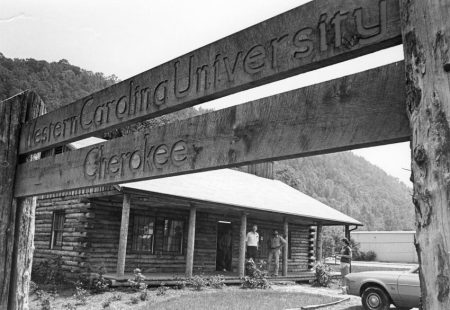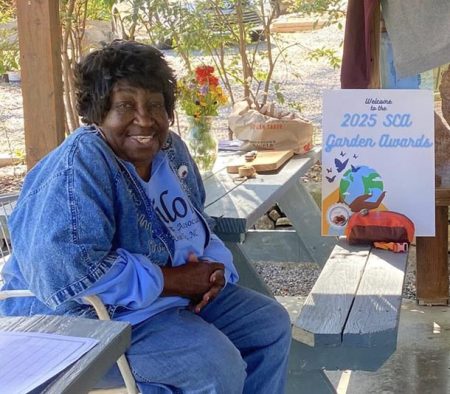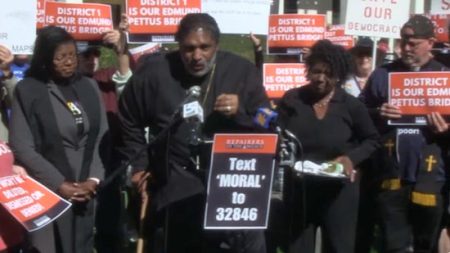YMI Historic Marker Unveiling
 |
| On hand for the unveiling of the YMI Historical Marker are (L-R) Linda A. Carlisle, Secretary of the NC Department of Cultural Resources, Asheville Mayor Terry M. Bellamy, Debra Holmes-Young, YMI Cultural Center Chairperson, and State Representative Bruce Goforth. Photo: Nick Lanier – NC Archives and History. |
Commemorates Asheville’s Vibrant African American Community and History
By Johnnie Grant
In the center of Asheville’s African American business district the Young Men’s Institute — now known as the YMI Cultural Center, or YMI — has stood for more than a century as a reminder of what life was and can be. Last month leaders of the Asheville community, along with local and state dignitaries, were witnesses as the YMI’s unique history was honored with a North Carolina Historical Designation marker.
The sign, at the intersection of S. Market Street and Pack Square Park, reads: “Est. 1892 as center of social, moral, religious influence for blacks working at Biltmore. Businesses thrived in building 100 yards S.”
“This is for the people of Asheville’s African American communities and
their ancestors who help to shape the landscape and dynamic of what
Asheville has become today. This has been a long time coming,” said
Harry Harrison, Executive Director of the YMI Cultural Center. Harrison
rejoiced at the fact that the historical marker would help raise
awareness of the history of the Young Men’s Institute and of Asheville’s
African American community.
The Young Men’s Institute — an 18,000-square-foot, Tudor-style
pebbledash building — is the oldest African American cultural center of
its kind in the country, and the state’s designation brings recognition
to some history that has long lain dormant. The YMI was commissioned in
1892 by industrialist George Vanderbilt to serve as a social and
cultural hub for the flourishing African American community of
Asheville, including the many artisans and craftsmen who helped
construct his estate, the Biltmore House. Vanderbilt was rare among
powerful men of his day in employing, training, and supporting
opportunities for African Americans.
 |
| NCDOT workers erecting the historical YMI marker in the Asheville Municipal Building’s flower garden which houses the Asheville Police and Fire Departments. The Asheville Municipal Building was built by local African American businessman, James Vester Miller, owner of Miller Construction. Photo: Urban News |
In 1906, Vanderbilt separated himself from the center, and the Young
Men’s Institute was bought and incorporated by forty-nine of Asheville’s
black leaders. It thrived for three decades, until the Depression took
its toll. By the early 1940s the Institute ceased to operate, but it was
reorganized in 1944 and reopened the following year.
After another generation, neighborhood deterioration and Urban Renewal
led to the condemnation of the building in the 1970s. But churches,
business owners, and other leaders rallied the African American
community and managed to have the structure placed on the National
Register of Historic Places in 1977. It was reorganized as the YMI
Cultural Center, and renovations were completed in 1988.
“This historic marker honors the role that the Young Men’s Institute
played in the cultural life of African American citizens in Asheville,”
said Linda A. Carlisle, Secretary of the N.C. Department of Cultural
Resources. “Its legacy continues today with the YMI Cultural Center,
which provides cultural arts, economic development activities, community
education, while still serving as a hub for the community.”
Asheville Mayor Terry Bellamy noted, “This is a day we not only honor
the life and legacy of the individuals who built this building, but the
rich history this building represents.” Other speakers at the ceremony
included Michael Hill, N.C. Marker/Research Branch supervisor, N.C.
Representative Bruce Goforth, and Darin Waters, UNC-Chapel Hill Ph.D.
candidate who has researched the history of the YMI.







